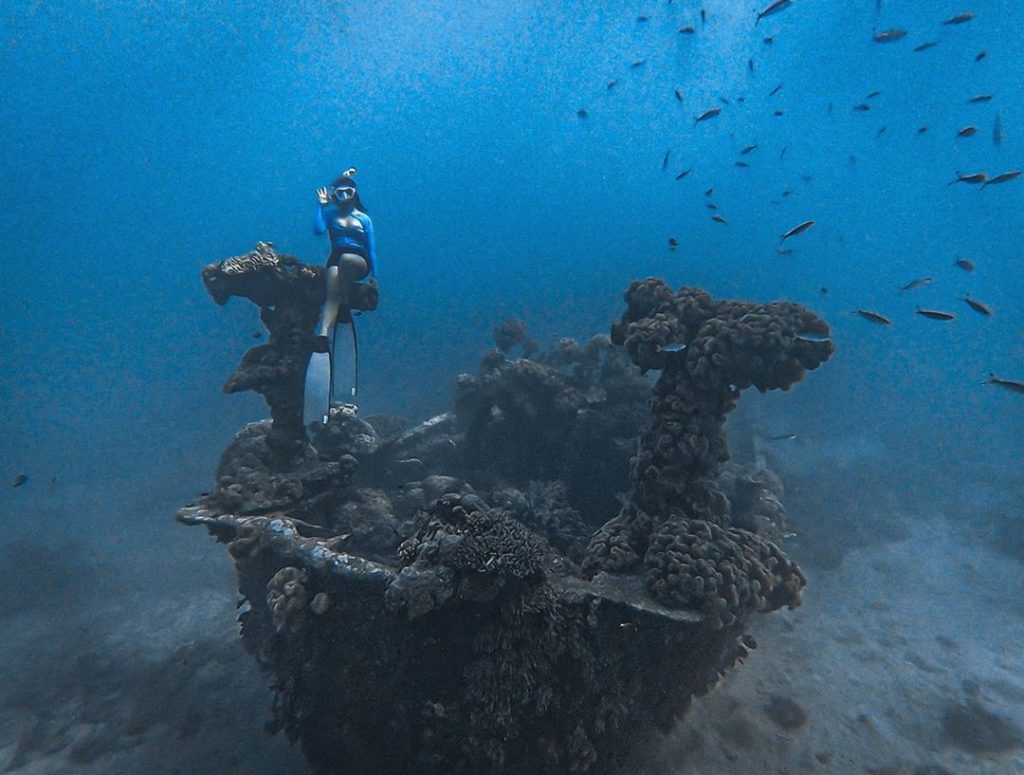There are many beautiful Philippine dive sites which include shipwrecks in Coron, Palawan that have been transformed into artificial reefs through the passage of time. Wreck diving is not only fun and exciting but it is an opportunity to see different kinds of marine life, learn about culture, and bring to light aspects trenbolone enanthate online of history. Each wreck dive that you explore is unique and opens doors that lead to new adventures.

Things to remember to make your wreck dive fun, safe, and memorable
-
Learn about the history of the shipwreck
Before the dive, make it a point to do some research about the ship and its history. Find out about the shape and layout of the shipwreck to help you in dive planning. Are there special features and points of interest worth exploring during your wreck dive? It would be great if you can secure a map of the wreck to enable you to navigate better when exploring the sunken vessel.
When you go wreck diving in Coron with Discovery Fleet Philippines, we will provide you with all the important information that you need to make your dive rewarding and memorable.
-
Make sure equipment is in good condition
Safety should always be your top priority that’s why it’s important to ensure that your dive equipment and gear are in good condition before your trip. The last thing you want to happen is to postpone your dive because of equipment malfunctions on the way to the site or worse, encounter underwater problems that can put your life at risk.
Make sure that you have all the necessary gear and specialized equipment that you need for the wreck dive. If your dive involves wreck penetration, you might need a few additional equipment such as a dive torch, cutting devices, and a surface marker buoy (SMB).
-
Give your full attention during the dive briefing
Whether it’s your first time or nth time to go wreck diving, listening to the dive briefing is vital to the safety and success of your dive. A slate and pencil will come in handy so you can take down notes about the following:
- Wreck layout
- Style of dive
- Gear recommendations
- Appropriate water entry
- Time limit
- Depth limit
- Safety concerns like potential hazards and tight places that may limit the passage to one diver at a time
- Hand signals
-
Dive within your level of training
Always stay within your level of training and experience, no buts! It goes without saying that going beyond your knowledge and skills can compromise your safety underwater. As a certified diver, it is your own responsibility to know your depth limits and stay within those margins. If you lack the training to explore wrecks, you may consider enrolling in advanced diving courses or going through advanced depth training.
-
Master buoyancy skills
Perfecting buoyancy enables you to be in control of your dive including body movements, position underwater, and depth. This fundamental skill will help prevent you from falling too deep when diving in open water. It also reduces the risk of decompression illness which can be caused by shooting up to the surface too fast when ascending.
Mastering your buoyancy skills will help avoid accidental contact with marine natural resources such as coral reefs as well as wreck structures which may lead to potential injury. Proficient buoyancy control also makes it easier to observe the marine surroundings without disturbing marine life. For underwater photographers, great buoyancy skills make it easier to focus on your subject and take great shots.
-
Always stay alert while diving
Regardless if it’s your first time to visit the wreck or have explored it a couple of times, you have to focus and stay alert during the entire dive. Do not wander off to follow a marine creature or investigate an area that is not on your dive plan. Lack of focus and concentration can separate you from your dive buddy or group.
Wreck diving is an exciting experience that rewards you with a glimpse of history and culture. You get a better picture of the past by connecting the remnants that you encounter and the story behind the wreck. Exploring a wreck is fun and challenging at the same time which makes it perfect for adventure lovers. It’s also an opportunity to gt up close and personal with marine creatures that live or frequently visit the wreck.
